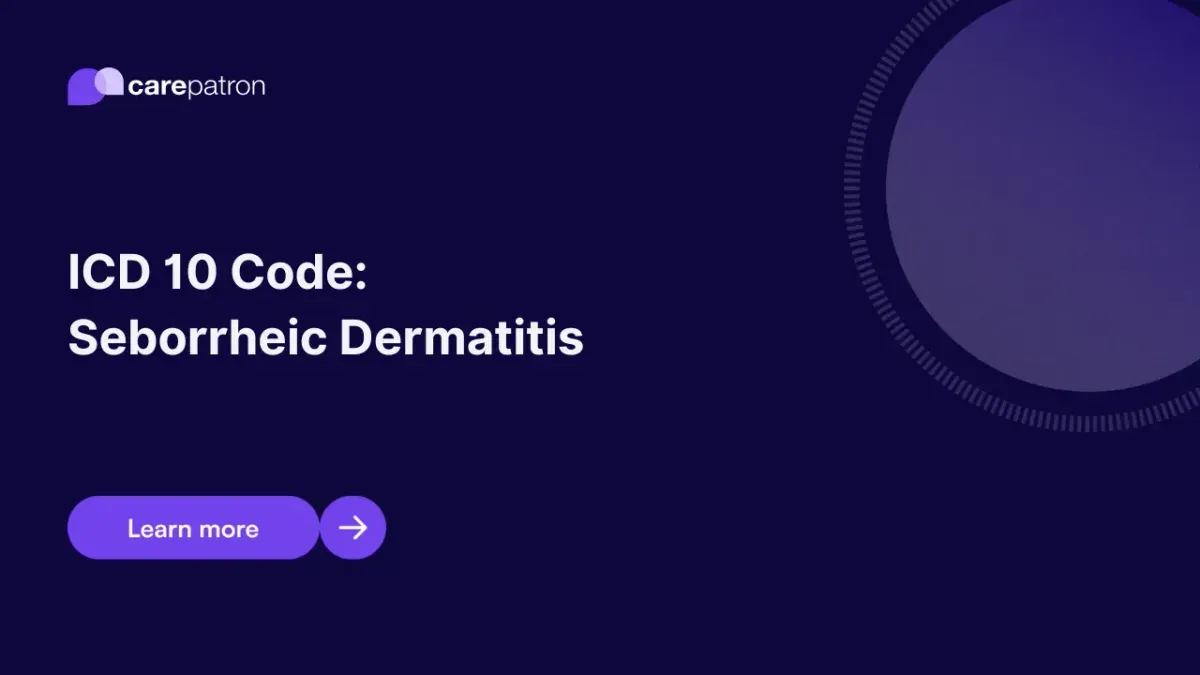
Seborrheic dermatitis ICD-10-CM codes
Identify billable ICD-10 codes for seborrheic dermatitis, including clinical signs, subtypes, and related skin conditions.
Use Code
Commonly asked questions
A Seborrheic Dermatitis ICD code should be used when diagnosing or treating a patient with this skin condition. It aids in precise documentation and is essential for insurance billing purposes.
Common treatments include topical antifungal medications, medicated shampoos, creams, or ointments containing corticosteroids or salicylic acid.
A diagnosis code for Seborrheic Dermatitis is a standardized code used in healthcare to classify and record this particular skin condition. It aids in accurate diagnosis, treatment planning, and medical billing.
EHR and practice management software
Get started for free
*No credit card required
Free
$0/usd
Unlimited clients
Telehealth
1GB of storage
Client portal text
Automated billing and online payments
